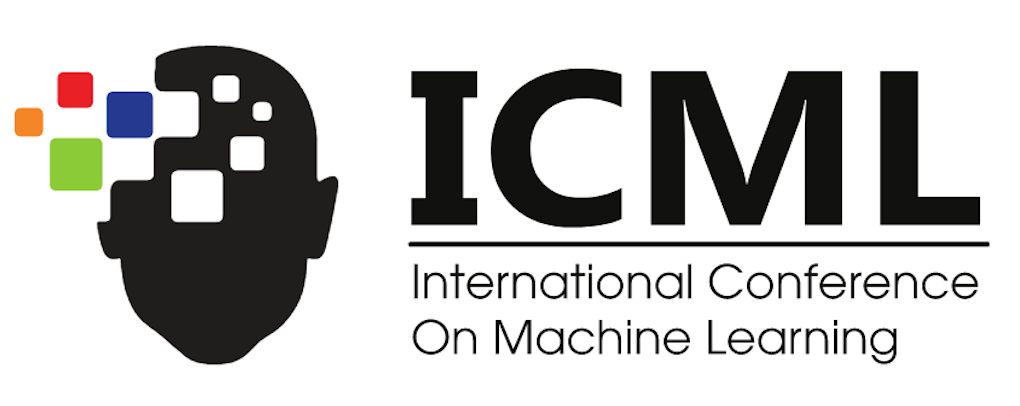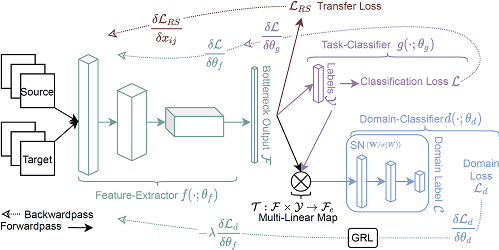Abstract:
The focus of this paper is on intrinsic methods to detect overfitting. These rely
only on the model and the training data, as opposed to traditional extrinsic methods
that rely on performance on a test set or on bounds from model complexity. We
propose a family of intrinsic methods called Counterfactual Simulation (CFS)
which analyze the flow of training examples through the model by identifying and
perturbing rare patterns. By applying CFS to logic circuits we get a method that
has no hyper-parameters and works uniformly across different types of models
such as neural networks, random forests and lookup tables. Experimentally, CFS
can separate models with different levels of overfit using only their logic circuit
representations without any access to the high level structure. By comparing lookup
tables, neural networks, and random forests using CFS, we get insight into why
neural networks generalize. In particular, we find that stochastic gradient descent in
neural nets does not lead to “brute force" memorization, but finds common patterns
(whether we train with actual or randomized labels), and neural networks are not
unlike forests in this regard. Finally, we identify a limitation with our proposal that
makes it unsuitable in an adversarial setting, but points the way to future work on
robust intrinsic methods.









































